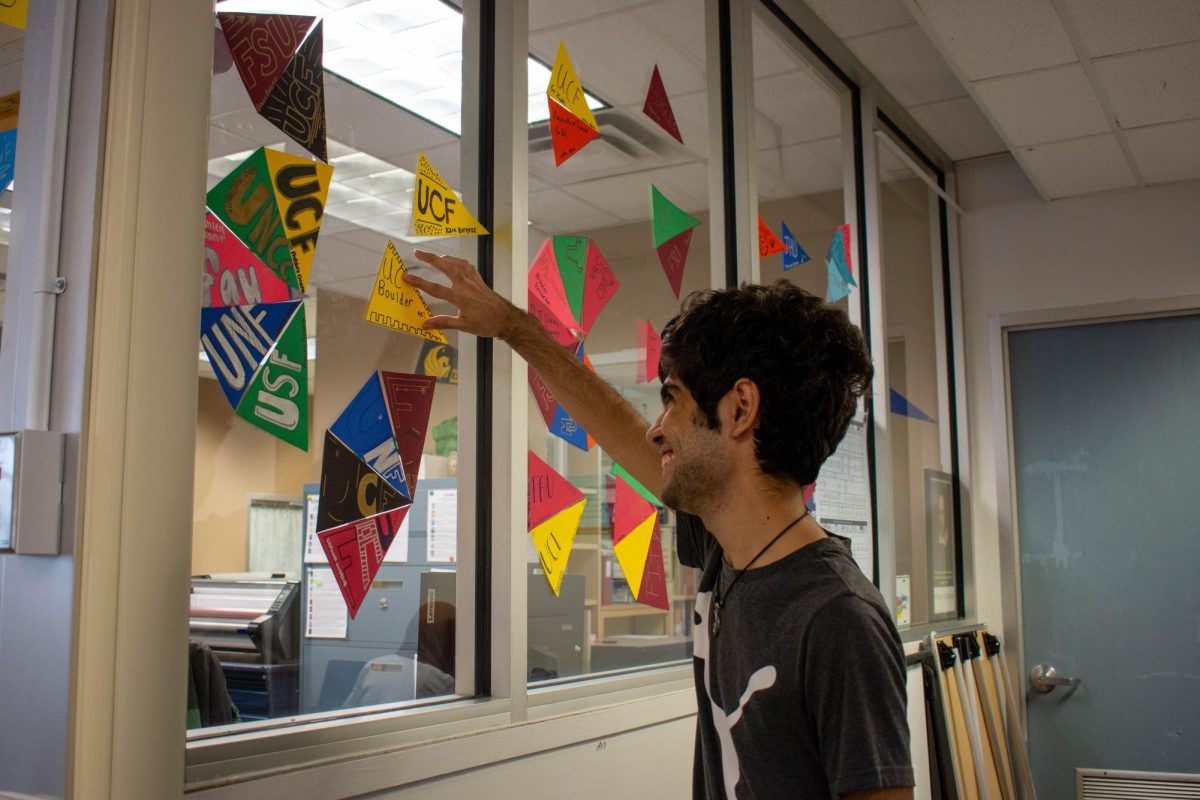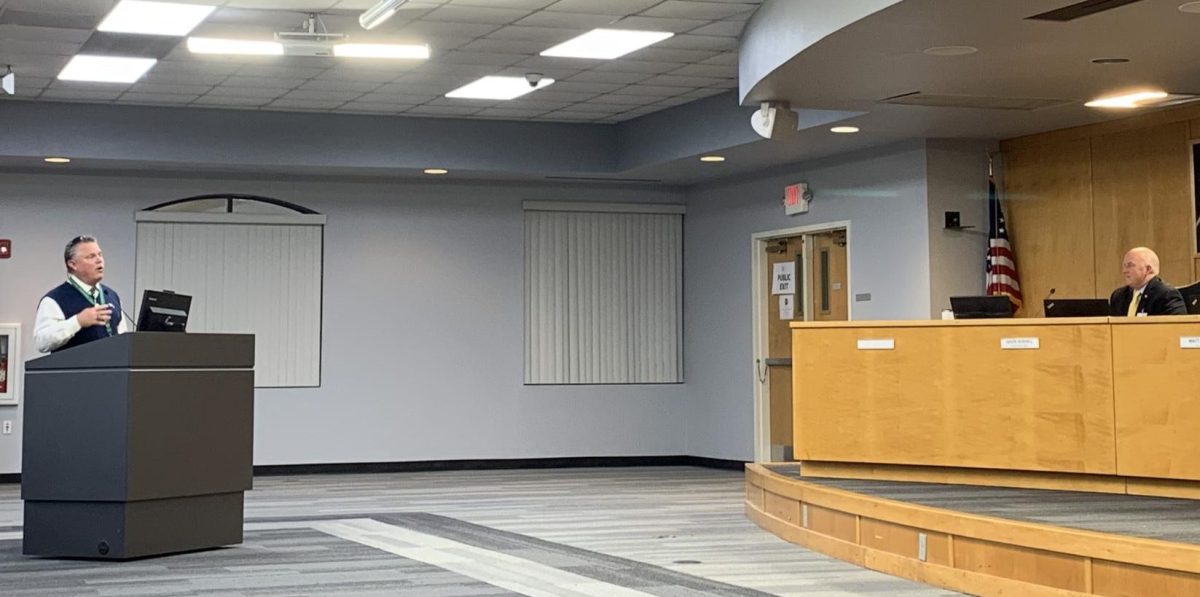Tests to figure out how to stop the reoccurring sewage smell in Building 4 have yielded no solutions, but have confirmed the source. Though the methane gas still circles the through the rooms, it doesn’t pose a threat to people in the affected rooms.
“No one that has looked at it so far has indicated, or even remotely thought that it was a dangerous situation,” Assistant Principal Jim Melia said about the smell.
Melia said unless the entire room was to fill up with the methane gas and someone were to light a Bunsen burner, the situation doesn’t put anyone’s safety at risk. But if anyone thinks it could, he can contact the District’s Environmental Safety Department to investigate.
People from the district Maintenance Department have been called in to investigate the smell.
“They’ve been consistently doing stuff,” Melia said. “When you have something that only shows up for about an hour and a half every day, only at that time, it’s hard to figure out exactly where it comes from.”
Over the span of two years, the odor has occurred only occasionally, usually an hour and a half after lunch ends, and the classrooms on the bottom floor are most affected.
Most of the pipes in that building are iron pipes that were built for what was Eau Gallie Junior High School in the late 1950s. They weren’t designed to handle the building’s current population of older students on campus. Workers have discovered that the top half of some of those pipes have eroded and dissolved.
About two years ago, plumbers replaced all the pipes near the restrooms thinking that would solve the problem, but methane gas has continued seeping onto classrooms.
This year, a private contractor was called in to do a smoke test and render an opinion as to what is causing the smell. The test involves pumping smoke into the pipes to find leaks that may be there. The contractor thought it found the source, but later the smell came back.
“We’re at a loss to try to figure it out,” Melia said.
Locating the source of the odor poses two problems. First, plumbers have been unable to recreate the conditions in order to more fully investigate the methane leak and, second, when the odor does occur, the school doesn’t have enough resources to locate its source it before the smell disappears. After lunch, tremendous amounts of water are pumped into the pipes underneath the school. When the water is pushed into the pipes, the gas has nowhere to go. Plumbers have a hard time investigating the problem without disrupting classes on school days. But looking into it on weekends or during the summer doesn’t provide the same situation as when there are a thousand people on campus. The smell doesn’t show up without the increased water flow from the cafeteria in addition to large numbers of students using the restrooms.
“There really are some challenges here and there to get it resolved,” Melia said. “But I believe eventually we’ll figure it out.”
By Emily Dubec-Hunter






